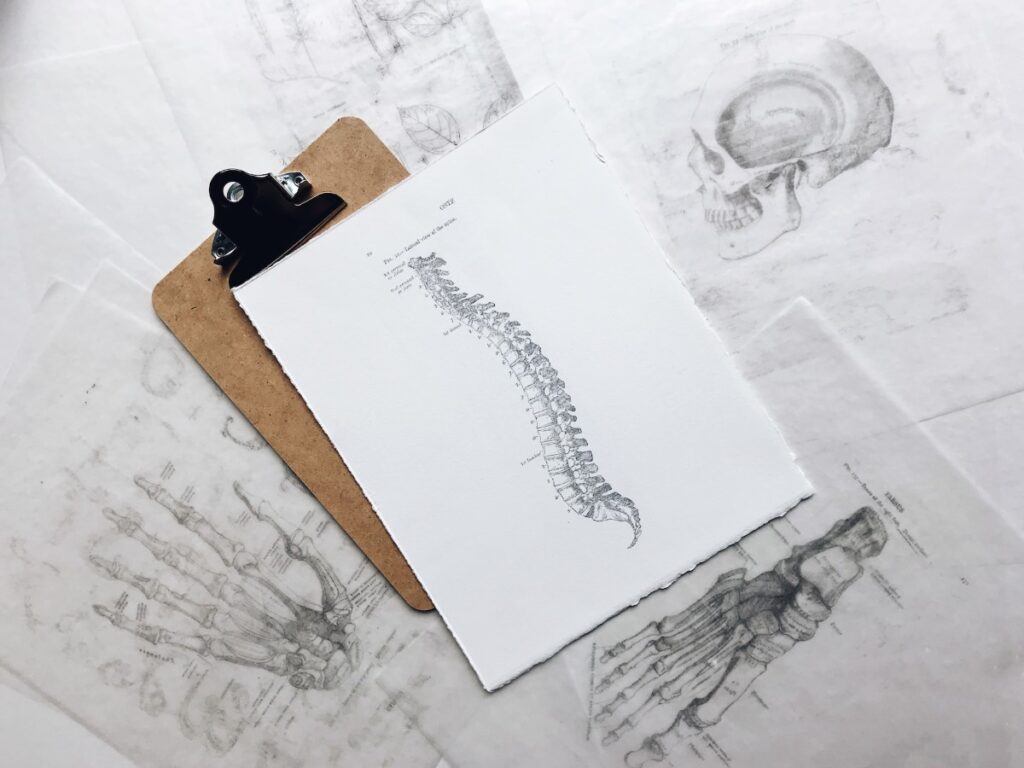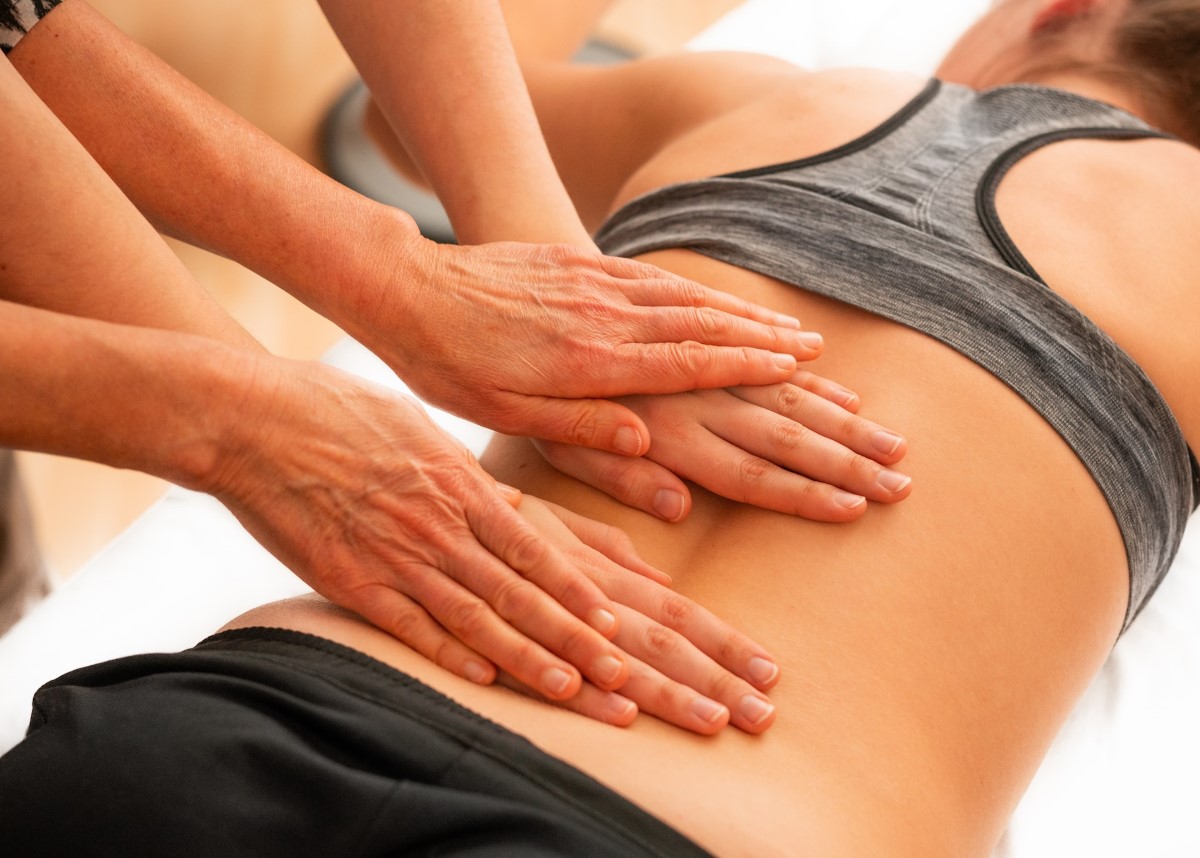Introduction
Extreme lower back pain can be a debilitating condition that significantly affects an individual’s ability to perform daily activities and enjoy a high quality of life. The lower back, also known as the lumbar region, is a critical area responsible for providing support and flexibility to the spine. However, due to various factors, the lower back can be susceptible to severe pain that requires prompt and appropriate attention. In this comprehensive article, we will explore the causes, symptoms, diagnosis, treatment options, and management strategies for extreme lower back pain.
Section 1: Understanding the Lumbar Spine and Lower Back Pain
The lumbar spine is made up of five vertebrae (L1 to L5) situated between the thoracic spine and the sacrum. It bears the weight of the upper body and allows for a wide range of movements. Extreme lower back pain can arise from various factors, including:
- Muscle Strain: Overexertion, lifting heavy objects, or sudden movements can strain the muscles and ligaments of the lower back, leading to acute pain.
- Herniated Disc: When an intervertebral disc ruptures or bulges, it can compress nearby nerves, causing severe and radiating pain.
- Degenerative Disc Disease: Age-related wear and tear of the intervertebral discs can cause loss of disc height, leading to instability and chronic pain.
- Sciatica: Compression or irritation of the sciatic nerve, which runs from the lower back down to the legs, can cause excruciating pain along the nerve pathway.
- Spinal Stenosis: Narrowing of the spinal canal, often due to aging or degenerative changes, can put pressure on the spinal cord or nerve roots, causing intense pain.
- Spondylolisthesis: A condition in which one vertebra slips forward over another, causing severe pain and spinal instability.
- Arthritis: Inflammation of the joints in the lumbar spine, such as osteoarthritis or ankylosing spondylitis, can lead to persistent and severe pain.
- Fractures: A broken vertebra, usually resulting from trauma or osteoporosis, can cause severe pain and potential nerve damage.
Section 2: Symptoms of Extreme Lower Back Pain
Extreme lower back pain may manifest in various ways, depending on the underlying cause. Common symptoms include:
- Severe Low Back Pain: Intense and persistent pain in the lower back region, often described as stabbing, throbbing, or shooting.
- Radiating Pain: Pain that radiates down the legs, known as sciatica, can cause shooting pain, tingling, or numbness.
- Limited Range of Motion: Difficulty bending, twisting, or performing everyday movements due to severe pain and stiffness.
- Muscle Spasms: Involuntary contractions of the back muscles that can be painful and disruptive.
- Numbness or Weakness: Loss of sensation or weakness in the legs, feet, or toes, indicating potential nerve compression.
- Pain Worsened by Activity: Exacerbation of pain with certain movements or activities, such as walking, lifting, or prolonged sitting.
Section 3: Diagnosing Extreme Lower Back Pain

Diagnosing the cause of extreme lower back pain involves a comprehensive evaluation, including:
- Medical History: The healthcare provider will inquire about the patient’s symptoms, medical history, and any recent injuries or activities that may have contributed to the pain.
- Physical Examination: A thorough examination of the lower back, assessing range of motion, muscle strength, reflexes, and areas of tenderness.
- Imaging Studies: X-rays, MRI, or CT scans may be conducted to visualize the lumbar spine’s internal structures and detect any abnormalities or injuries.
- Electromyography (EMG): A nerve conduction study to assess nerve function and identify any nerve compression or damage.
Section 4: Treatment Options for Extreme Lower Back Pain
Treatment for extreme lower back pain depends on the underlying cause and the severity of the symptoms. Common treatment options include:
- Rest: Adequate rest is essential to allow the lower back muscles and structures to heal and recover from acute pain.
- Pain Medication: Over-the-counter pain relievers or prescription medications may be used to manage pain and inflammation.
- Physical Therapy: Targeted exercises and stretches to strengthen the core and back muscles, improve flexibility, and promote proper posture.
- Heat and Cold Therapy: Applying heat packs or cold compresses can help reduce inflammation and alleviate pain.
- Epidural Steroid Injections: Injections of corticosteroids into the epidural space to reduce inflammation and alleviate severe pain.
- Surgical Intervention: In severe cases or when conservative treatments fail, surgery may be necessary to address structural issues or nerve compression.
Section 5: Management and Coping Strategies for Extreme Lower Back Pain
Managing and coping with extreme lower back pain involves lifestyle modifications and self-care strategies:
- Posture Correction: Maintaining proper posture during sitting, standing, and lifting to reduce strain on the lower back.
- Weight Management: Maintaining a healthy weight to reduce pressure on the lumbar spine.
- Exercise: Engaging in low-impact exercises and activities that promote back strength and flexibility.
- Stress Management: Practicing stress-reducing techniques, such as meditation, yoga, or deep breathing exercises.
- Ergonomics: Creating an ergonomic workspace and using proper body mechanics to prevent exacerbation of pain.
- Supportive Devices: Using supportive devices such as lumbar cushions, ergonomic chairs, or braces to provide additional support.
- Avoiding Heavy Lifting: Limiting or avoiding heavy lifting and learning proper lifting techniques when necessary.
Section 6: Preventing Extreme Lower Back Pain

Maintain Proper Posture
Maintaining good posture is essential for reducing strain on the lower back. Whether you are sitting, standing, or walking, try to keep your spine aligned, shoulders relaxed, and chin parallel to the ground. Avoid slouching or hunching over for prolonged periods, as this can put undue pressure on the lower back and lead to pain.
Engage in Regular Exercise
Regular physical activity is crucial for strengthening the muscles that support the lower back and maintaining flexibility. Activities such as walking, swimming, and yoga can help keep your back muscles strong and reduce the risk of injury. Consult with a healthcare professional or a physical therapist to create a personalized exercise plan that suits your fitness level and needs.
Lift Properly
Improper lifting techniques can strain the muscles and discs in the lower back. When lifting heavy objects, bend your knees and use your leg muscles to lift the load, keeping it close to your body. Avoid twisting your spine while lifting, and if the object is too heavy or awkward, ask for assistance.
Maintain a Healthy Weight
Excess weight can put additional stress on the lower back and increase the risk of developing extreme lower back pain. Adopting a healthy diet and engaging in regular physical activity can help you maintain a healthy weight and reduce the pressure on your spine.
Use Ergonomic Support
Whether at work or at home, ensure that your environment supports good posture and proper body mechanics. Invest in an ergonomic chair with lumbar support, adjust your computer monitor to eye level, and use a standing desk if possible. If you drive frequently, adjust your car seat to support your lower back.
Practice Stress Management
Chronic stress can cause muscle tension and contribute to lower back pain. Incorporate stress-reducing activities into your daily routine, such as meditation, deep breathing exercises, or engaging in hobbies that you enjoy. Managing stress can positively impact your overall health and help prevent extreme lower back pain.
Focus on Core Strength
A strong core stabilizes the spine and provides support to the lower back. Include exercises that target the abdominal, oblique, and back muscles in your fitness routine. Planks, bridges, and abdominal crunches are effective exercises for strengthening the core muscles.
Warm-Up and Stretch
Before engaging in physical activities or exercise, take the time to warm up your muscles and perform gentle stretches. Warming up increases blood flow to the muscles and prepares them for the upcoming activity, reducing the risk of strains or injuries.
Avoid Prolonged Sitting
Sitting for extended periods can place stress on the lower back. If you have a sedentary job, make a conscious effort to take breaks and walk around or stretch every hour. Consider using a standing desk or a sit-stand desk converter to alternate between sitting and standing throughout the day.
Sleep on a Supportive Mattress and Pillow
A supportive mattress and pillow can promote proper spinal alignment and reduce pressure on the lower back while sleeping. Invest in a mattress that suits your body’s needs and supports your preferred sleep position. Additionally, consider using a pillow that supports the natural curve of your neck and spine.
Conclusion
Extreme lower back pain can be a distressing and limiting condition. Fortunately, by adopting these ten effective strategies, you can take proactive steps to prevent lower back pain and maintain a healthy spine. Remember to practice good posture, engage in regular exercise, and prioritize your overall health and well-being. If you experience persistent or severe lower back pain, seek medical advice from a healthcare professional to identify the underlying cause and receive appropriate treatment. With dedication to these preventive measures, you can enjoy a pain-free and active lifestyle for years to come.



